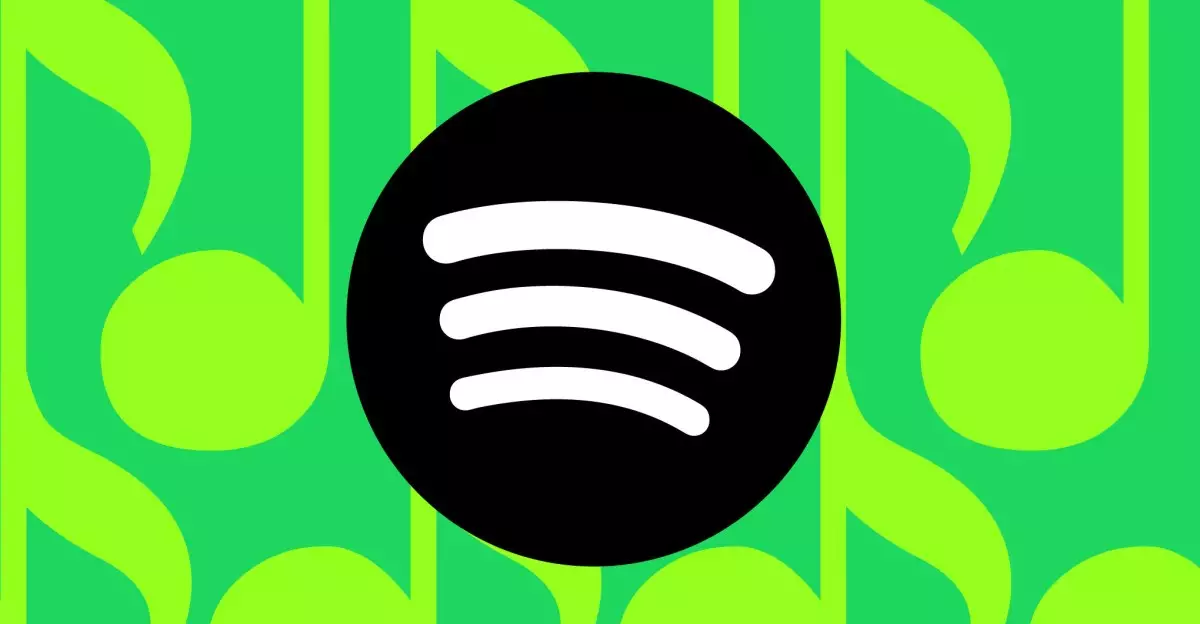In the ever-evolving musical landscape shaped by streaming giants, Spotify finds itself at a pivotal juncture. The anticipated launch of its Music Pro add-on in 2025 feels like both an exciting venture and a lengthy saga. Since the initial announcement of Spotify HiFi back in February 2021, the company has navigated a challenging path that has raised questions about its strategy, market competition, and potential profitability in an increasingly crowded space.
Spotify HiFi was initially positioned as a game-changing feature aimed at delivering lossless audio quality, a concept that struck a chord with audiophiles worldwide. However, as competitors like Apple Music and Amazon pivoted towards offering lossless streaming at no additional cost, Spotify’s grand vision began to falter. As Chris Welch highlighted, a significant miscalculation occurred: the company underestimated its rivals’ willingness to disrupt the market without secondary fees. Independent reports suggested that Spotify had aimed for a premium tier charge for HiFi, which rightfully didn’t resonate with users who are used to accessing high-quality audio without extra charges elsewhere.
This delay represents a stark contrast to the rapid responses from its competitors who managed to cater to the evolving demands of listeners swiftly. With these aggressive moves from Apple and Amazon, Spotify’s silence around their HiFi feature only became louder, leaving many of its users questioning the platform’s dedication to enhancing audio experiences.
A critical aspect of this hold-up has revolved around securing music rights. Reports have suggested that Spotify lacked agreements with all major record labels as it aimed to promote HiFi. While this is a legitimate dilemma, it also raises questions about the company’s broader approach to content negotiations. Is Spotify truly capable of navigating the intricate web of music rights while trying to maintain its innovative edge? It’s plausible that the HiFi feature was more than just a technical enhancement; it also represented an ambitious attempt to impose its value proposition amid a shifting market landscape.
Furthermore, the need for differentiation was apparent. The company appears to be acknowledging that simply providing higher-bitrate music would not suffice in drawing a significant portion of the market towards a premium subscription. After all, without specialized equipment like high-end headphones and speakers, many consumers simply cannot discern the difference between standard and high-resolution audio.
The recent announcement of the Music Pro package represents a significant strategic pivot for Spotify. Moving beyond basic audio quality enhancements, the plan seems to encompass a broader spectrum of features. Early whispers suggest a potential for additional perks like early access to concert tickets, tools for DJ remixing, and innovations tailored to specific devices. Such diversification could be the company’s answer to the looming threats from competitors and a strategy to enhance subscriber loyalty.
Moreover, the notion of bundling various features can create a more appealing package that would attract consumers who might otherwise remain indifferent to mere audio quality improvements. Reports of functionalities such as user account sharing, karaoke capabilities, and adaptive audio options may resonate effectively with a broader range of users.
More crucially, CEO Daniel Ek’s consistent messages regarding an upcoming deluxe tier showcase an evolving corporate narrative. This shows Spotify’s willingness to adapt its offerings and integrate feedback from surveys, reinforcing the importance of continuous development within its subscription model. The acknowledgement of a phased rollout reflects both caution and an eagerness to innovate responsibly.
While the details surrounding Music Pro remain somewhat nebulous, rough estimates suggest that it may come with an additional charge of $5 to $6 over the existing premium subscription cost. Current market rates indicate that Spotify’s core subscription starts around $11.99, meaning that for many users, the new tier could approach a price point similar to other services. Yet, there lies a catch: will the features offered justify this increase?
As some users, including myself, have transitioned to services like Apple Music for its seamless integration and quality assurance, there persists an undercurrent of curiosity about Spotify’s next steps. The potential to create a compelling user experience through Music Pro could tempt old users to return, provided Spotify can successfully maintain its core values while integrating innovative offerings.
The fate of Spotify’s Music Pro rests on a knife’s edge, balancing user expectations, financial viability, and competition. If 2025 is indeed the year when Spotify galvanizes its stringent offerings into a unified and enticing bundle, it may just reclaim its position as a leading force in the streaming industry. Yet, only time will reveal whether it will merely be a feature on paper or a transformative experience that beckons back a loyal clientele.


Leave a Reply